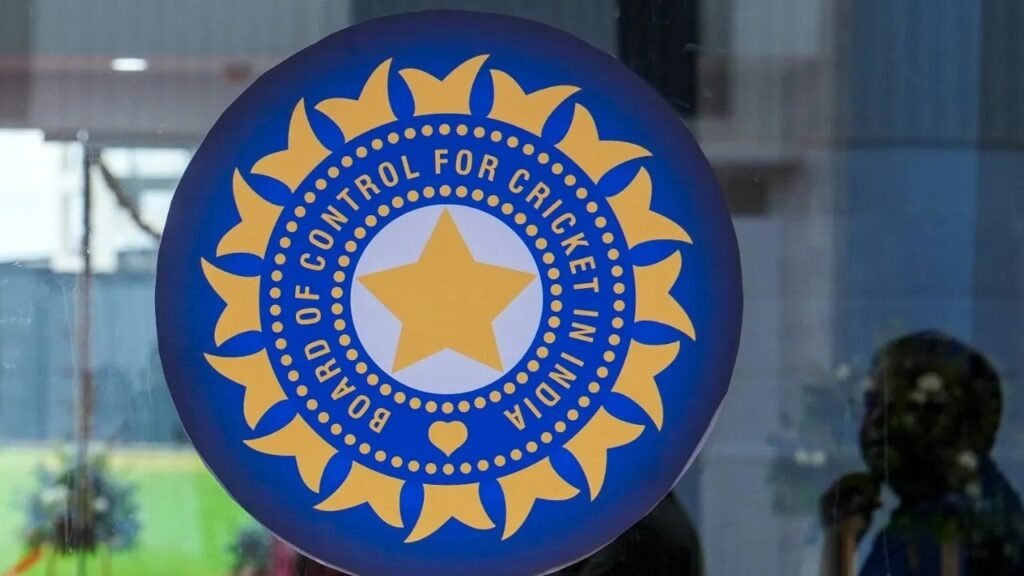The Board of Control for Cricket in India (BCCI) has officially released the list of central contracts for the 2025–26 season, categorizing 34 players into four distinct grades—A+, A, B, and C. This structured contract system reflects the players’ recent performances, fitness levels, and their roles across formats. With a focus on both established names and rising talents, the contract list underscores the BCCI’s commitment to nurturing depth while rewarding consistency and excellence.

Grade A+ Includes Core Players
At the top of the list, Grade A+ includes four players who are indispensable across all formats: Rohit Sharma, Virat Kohli, Jasprit Bumrah, and Ravindra Jadeja. Despite announcing their retirement from T20 Internationals after the 2024 ICC World Cup, Rohit Sharma and Virat Kohli retain their positions in this top category owing to their ongoing relevance in ODIs and Test matches. Bumrah continues to be India’s pace spearhead, while Jadeja remains a critical all-rounder. Each of these players is offered an annual retainer of ₹7 crore in addition to their match fees.
Grade A Features Consistent Performers
Grade A comprises players who have delivered consistent performances in at least two formats. This list includes KL Rahul, Shubman Gill, Mohammed Shami, Mohammed Siraj, Hardik Pandya, and Rishabh Pant. Pant’s promotion from Grade B to A marks a significant milestone in his return to top-tier cricket after a prolonged injury layoff. The inclusion of these players highlights the BCCI’s emphasis on form, fitness, and versatility. Each player in this group receives an annual retainer of ₹5 crore.

Grade B Holds Format Specialists
This grade includes players important primarily in limited-overs cricket. Suryakumar Yadav, the current T20I captain, remains in this category, reflecting his pivotal role in the shortest format. Other names include Kuldeep Yadav, Axar Patel, Yashasvi Jaiswal, and Shreyas Iyer, who returns to the contract list after previously being excluded due to non-participation in the domestic circuit. The re-inclusion of Iyer signals a reconciliation between the BCCI’s stance on domestic commitment and recognition of his international contributions. Players in this grade are awarded an annual sum of ₹3 crore.
Grade C Has Emerging Talents
Grade C features the widest range of players, including promising youngsters and returning fringe players. Notable names include Sanju Samson, Arshdeep Singh, Ruturaj Gaikwad, Shivam Dube, Ravi Bishnoi, Mukesh Kumar, and Washington Sundar. Among the reinstated players are Ishan Kishan and Shardul Thakur, both of whom were dropped in the previous cycle due to disciplinary concerns related to domestic cricket obligations. New entrants include Harshit Rana, Nitish Kumar Reddy, Akash Deep, and Varun Chakaravarthy, who have impressed through their performances in domestic cricket and the IPL. Each player in Grade C receives ₹1 crore per year.
Uniform Match Fees for All Grades
All contracted players, regardless of their grade, are entitled to uniform match fees based on the format played. A Test match appearance earns ₹15 lakh, an ODI brings ₹6 lakh, and a T20I is remunerated at ₹3 lakh. This policy ensures that players across all levels are fairly compensated for match participation, promoting performance-based incentives.
Key Policy Shifts Reflect Change
One notable change in the current contract list is the absence of a separate fast-bowling contract scheme, which had previously supported domestic pacers with a structured pathway to international cricket. Its removal suggests a shift toward a more integrated, performance-oriented model. The reinstatement of players like Shreyas Iyer and Ishan Kishan also reflects the BCCI’s flexible stance on domestic cricket participation. Their previous exclusion for opting out of the Ranji Trophy had sparked debate, but their return signals a conditional second chance aligned with the board’s expectations.

Forward Strategy Focuses on Future
The 2025–26 central contracts not only reward past performance but also chart a vision for the future. With the 2026 ICC T20 World Cup approaching, the emphasis on white-ball specialists and the continued backing of young players indicate a forward-looking strategy. At the same time, retaining senior players like Rohit Sharma and Virat Kohli in top-tier contracts points to a balanced approach that values experience in transitional phases.
The BCCI’s latest contract list stands as a clear representation of its evolving strategy—honoring senior contributions, reinforcing domestic cricket’s importance, and investing in the next generation of Indian cricketers. It is not merely a financial document but a roadmap for where Indian cricket is heading in the coming years.

